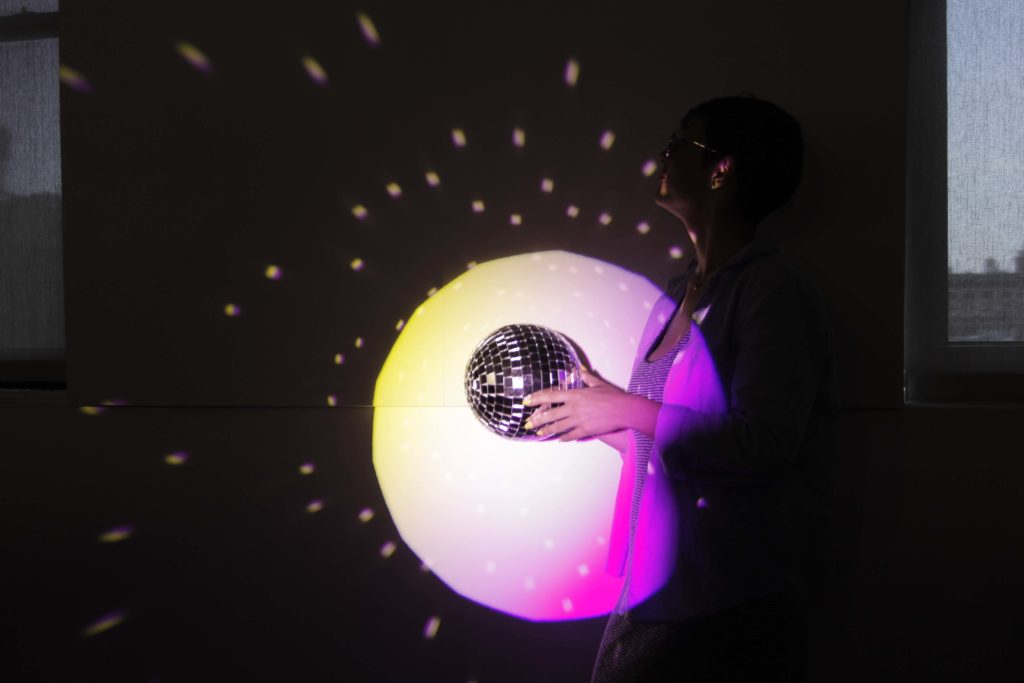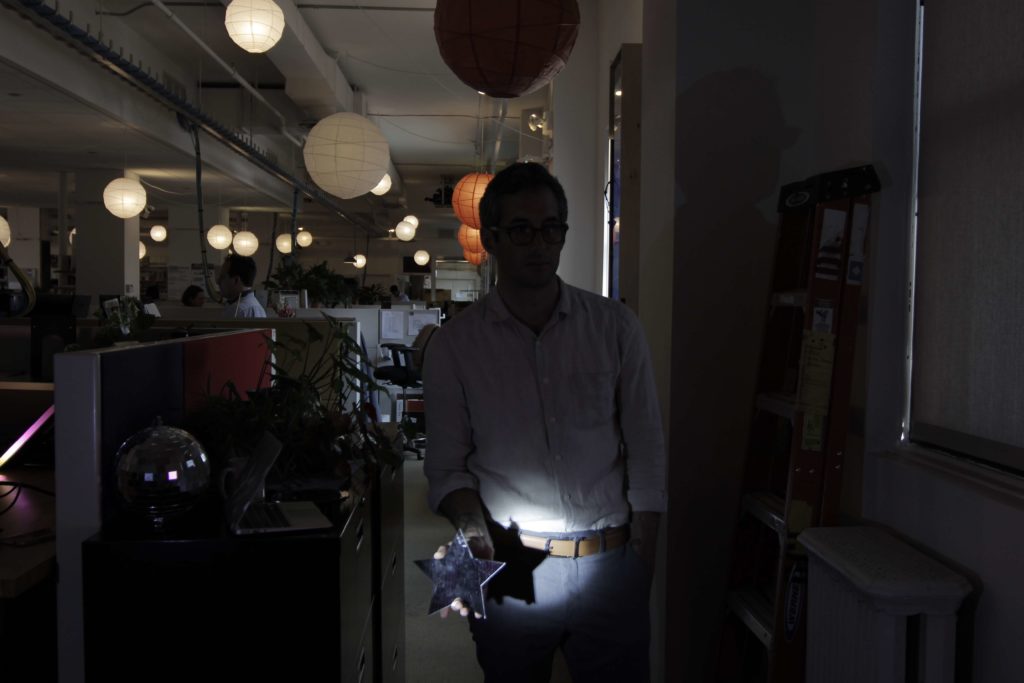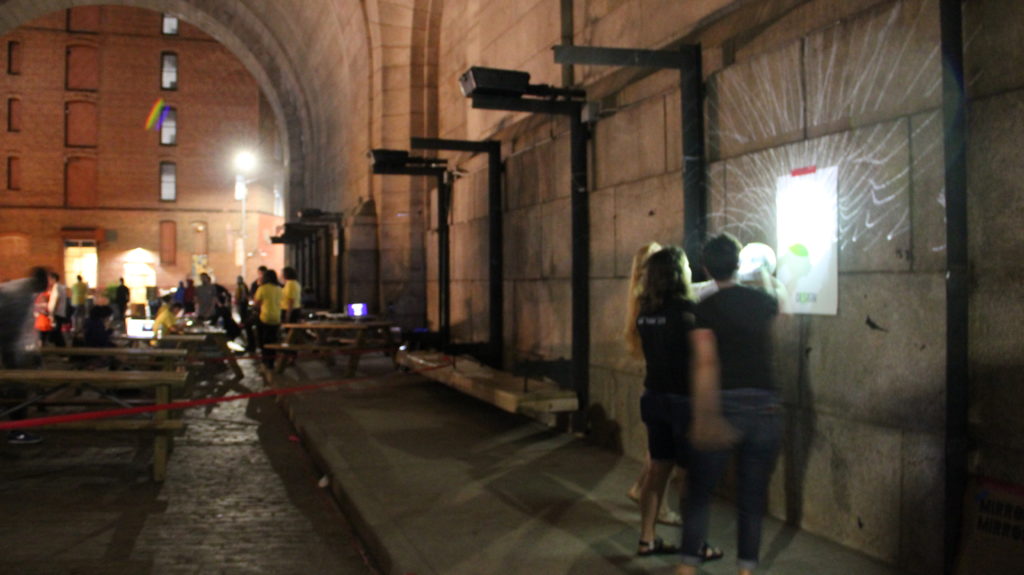Play together, Learn together: Social games in the Come Out & Play Festival
Posted September 24, 2019
ESI Design’s involvement in the Come Out and Play Festival comes as no surprise since they’ve been creating location-based activations for over 40 years. The Come Out and Play Festival is annual event in NYC featuring an interesting and often wacky collection of independently created social and physical games. This festival is a perfect example of what happens when you give folks an opportunity to play, explore and engage within their community.
A Platform for Fun and Games
Many assume that with the advent of digital technologies, people are more likely to drift away in isolation. However, I believe the opposite is true, and Come Out and Play proves that point yearly. It offers a platform for fun, physical game play that can be enjoyed equally with a good friend or a complete stranger. There are a few things the festival does to be successful. They have removed a lot of the usual barriers to participate: Come Out and Play is open to all ages, free, and doesn’t require any extra equipment. Come Out and Play also gives players a common goal. Play groups form naturally and evolve organically. This type of bond is especially impactful when it is hosted in the communal space of a neighborhood such as DUMBO, Brooklyn, where it was held in 2018.

Part of our ethos at ESI Design is that experiences are better when they are enjoyed together. There is an energy and delight that comes from a cross-section of cultures, ages and thinking types playing and learning together. Edwin Schlossberg, our Founder and Principal Designer, has built our organization on this very premise. Games, especially public and group games, are the activation and celebration of the chemistry created when differing perspectives align to solve a problem. In fact, this idea fuels much of our interdisciplinary work at ESI Design.
Games present a system of interactions that allow friends, strangers, children and adults to participate in a heuristic problem-solving environment that relies on collaboration and socialization. Humans love solving problems. Humans are also a very social species. By combining these two aspects of human nature with contextual cues such as body language, voice pitch, and environmental parameters, players are given the freedom to explore and bond in a positive way. It is a real luxury when we enter that magic circle of play with our neighbors, friends and colleagues. By playing together, we learn about ourselves, each other and the places we live, work and love.
Mirror, Mirror: A new game for Come Out & Play 2018
Last year at the 2018 Come Out and Play Festival, ESI Design created Mirror, Mirror — a funky, disco inspired game. Our goals with the game were to create something performative, simple and multi-player that really played off the structure of the Manhattan Bridge Archway in DUMBO, Brooklyn. We designed a light-based puzzle game that had players reflecting the dynamic lighting elements in attempt to get the light beam to travel from point a to b. We ordered an assortment of reflective objects and lenses to help keep the beam intensity from degrading.

Play-testing Mirror, Mirror
We set up a small area in our office and began play-testing. We quickly realized that all anybody really wanted to do was to play with the disco ball. It drew in onlookers with its reflective pattern and had people invent all sorts of dance moves and poses. Once we added music, the disco craze began in earnest. The game evolved from being a light bouncing game to be a light capture game. In this new light capture version we had multiple spotlights programmed to move around the area.
In the end we added a “musical chairs” mechanism where there would always be one more player than available spotlight beams. Among other reasons, this iteration really kept the light beams out of festival attendee eyes! The bouncing light puzzle made sure that players had to face the light and the resulting blindness wasn’t exactly fun. With this version, the lights would dance around the Archway walls and keep the light out of players or visitor eyelines. The mixture of the disco ball reflection and patterned spotlights added great visual interest while the player movements in chasing the lights were definitely performative.

Being Open to Change
One thing to note is that everything went wrong during our game development process and at the actual event. For example, there was a steam pipe explosion outside our office the week before the event, which impeded our planned play-test time.
The day of the festival, the disasters kept on rolling in! One of our lights was not working properly and the weather was terrible with a summer storm of rain and wind. However, that should never stop the fun. We quickly iterated on our idea, and turned the game into more of a race, where players would try to be the first to capture the light with their disco ball. The best of three rounds, won.
It’s a strange thing when everything breaks. You feel let down but also freed. And the truth is, the audience doesn’t know the difference! People had fun with the disco balls, the lights, the music and most of all competing with their friends. The disco music got them up and moving and people would seek the game out by following the dramatic, theatrical lights and the fun disco sound.
Mirror, Mirror Game Success
In the end, this prototype of game did actually have legs! Many people came up to us saying that they had never seen lights used as game pieces and found that the effects created an exciting environment. We would definitely like to play the originally intended version and maybe even explore the light beam reflection mechanic at some point. Until then, it’s safe to say that you’ll never know the game you’ll get in the end until you start playing it in public.


Join The Conversation